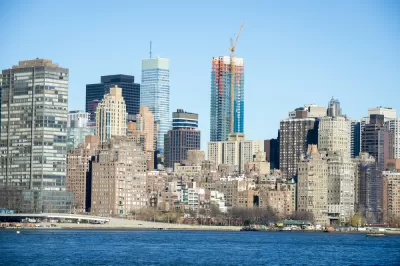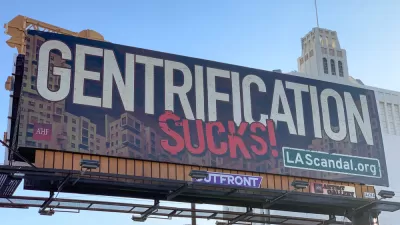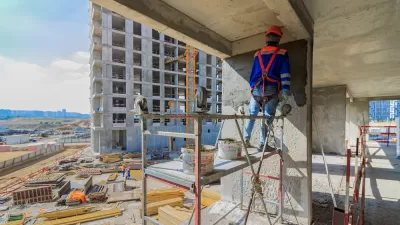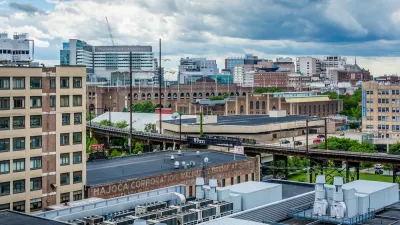Several recent studies add fuel to the fire of whether market-rate housing helps affordability or drives low-income people from their neighborhoods.

The question of whether new market rate housing hurts or helps housing affordability—central to so many urban planning debates in the contemporary United States—can be answered with several new sources of data, according to an article by Emily Badger.
The tension between these views sits at the center of battles over individual buildings and broader fights over how to alleviate the housing crisis. And until recently, there has been almost no data at the neighborhood scale to resolve it. It’s even plausible that both stories could be true at the same time — that new housing might help lower rents across a metro area even as it signals the popularity of a particular neighborhood and nudges up rents nearby.
Several new studies finally offer some evidence that is encouraging, if incomplete. Researchers at N.Y.U., the Upjohn Institute and the University of Minnesota have all looked at what happens immediately surrounding new large-scale apartments that are market-rate (no rent restrictions). Many studies already show that regions that build more are more affordable (and regions that restrict new housing are less so). These latest studies ask if that pattern holds when we zoom in to individual blocks.
Badger details each of the three studies briefly listed there, and speaks to the researchers responsible for the findings in each case for more insight. Collectively, however, these studies provide evidence to support both arguments—that new, market-rate developments can both help keep housing affordability and displace low-income residents.
FULL STORY: A Luxury Apartment Rises in a Poor Neighborhood. What Happens Next?

Study: Maui’s Plan to Convert Vacation Rentals to Long-Term Housing Could Cause Nearly $1 Billion Economic Loss
The plan would reduce visitor accommodation by 25,% resulting in 1,900 jobs lost.

North Texas Transit Leaders Tout Benefits of TOD for Growing Region
At a summit focused on transit-oriented development, policymakers discussed how North Texas’ expanded light rail system can serve as a tool for economic growth.

Why Should We Subsidize Public Transportation?
Many public transit agencies face financial stress due to rising costs, declining fare revenue, and declining subsidies. Transit advocates must provide a strong business case for increasing public transit funding.

How to Make US Trains Faster
Changes to boarding platforms and a switch to electric trains could improve U.S. passenger rail service without the added cost of high-speed rail.

Columbia’s Revitalized ‘Loop’ Is a Hub for Local Entrepreneurs
A focus on small businesses is helping a commercial corridor in Columbia, Missouri thrive.

Invasive Insect Threatens Minnesota’s Ash Forests
The Emerald Ash Borer is a rapidly spreading invasive pest threatening Minnesota’s ash trees, and homeowners are encouraged to plant diverse replacement species, avoid moving ash firewood, and monitor for signs of infestation.
Urban Design for Planners 1: Software Tools
This six-course series explores essential urban design concepts using open source software and equips planners with the tools they need to participate fully in the urban design process.
Planning for Universal Design
Learn the tools for implementing Universal Design in planning regulations.
City of Santa Clarita
Ascent Environmental
Institute for Housing and Urban Development Studies (IHS)
City of Grandview
Harvard GSD Executive Education
Toledo-Lucas County Plan Commissions
Salt Lake City
NYU Wagner Graduate School of Public Service





























